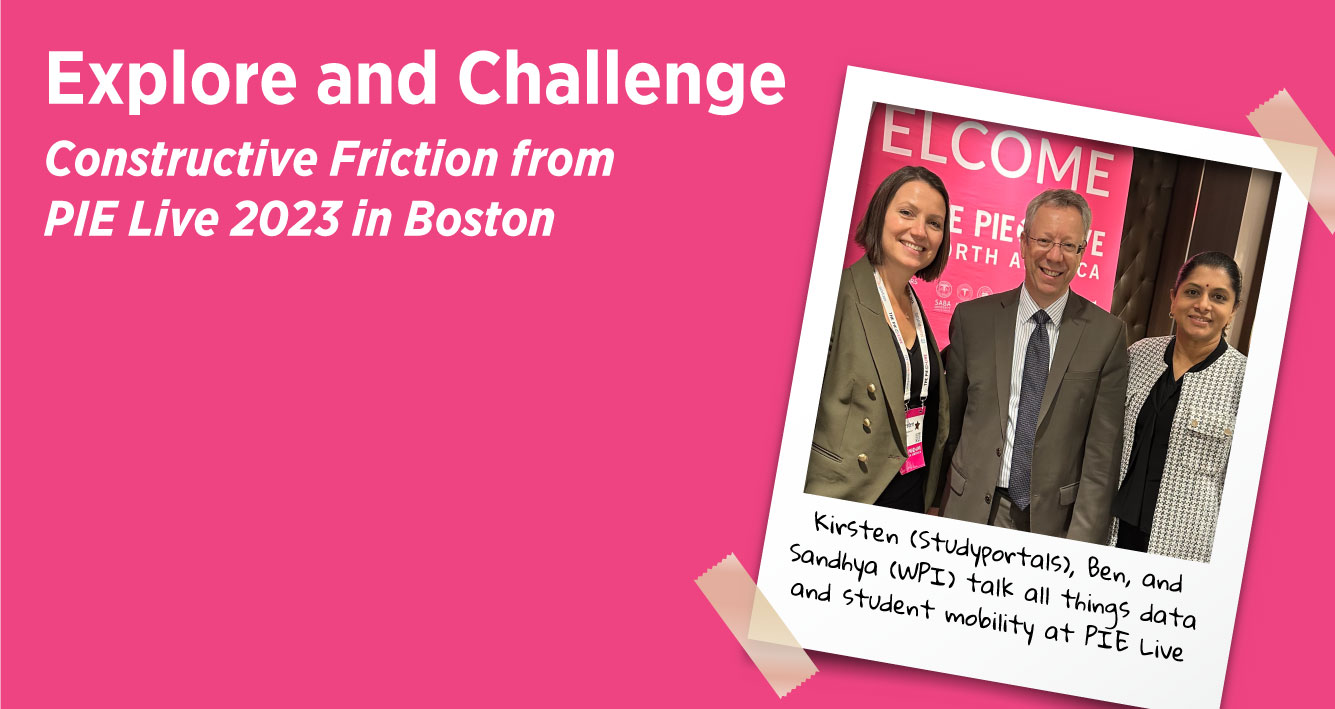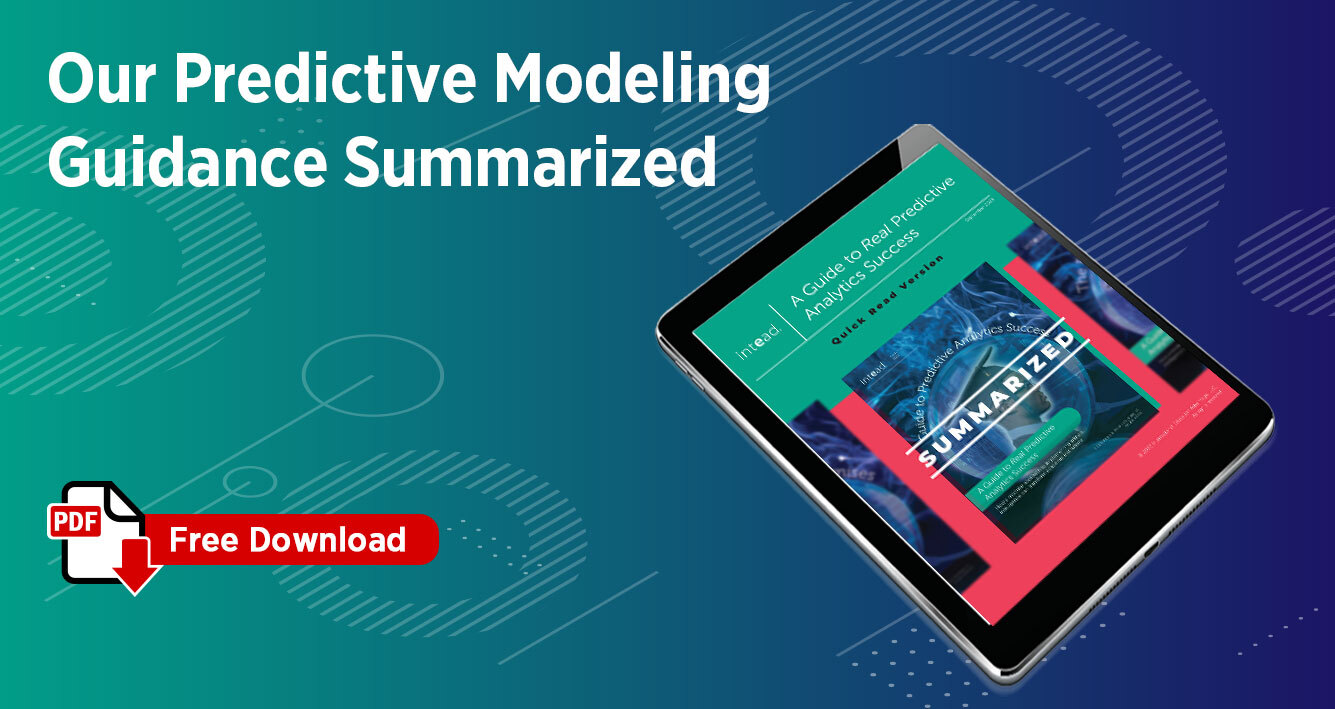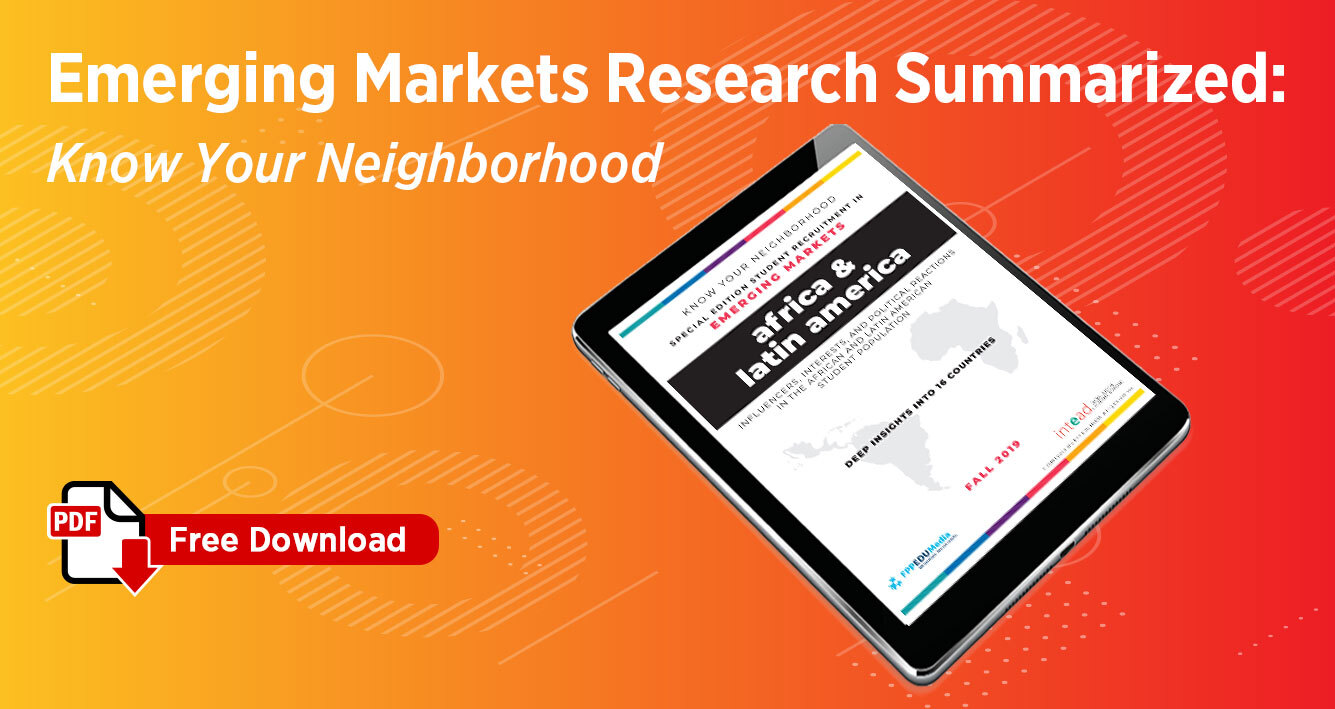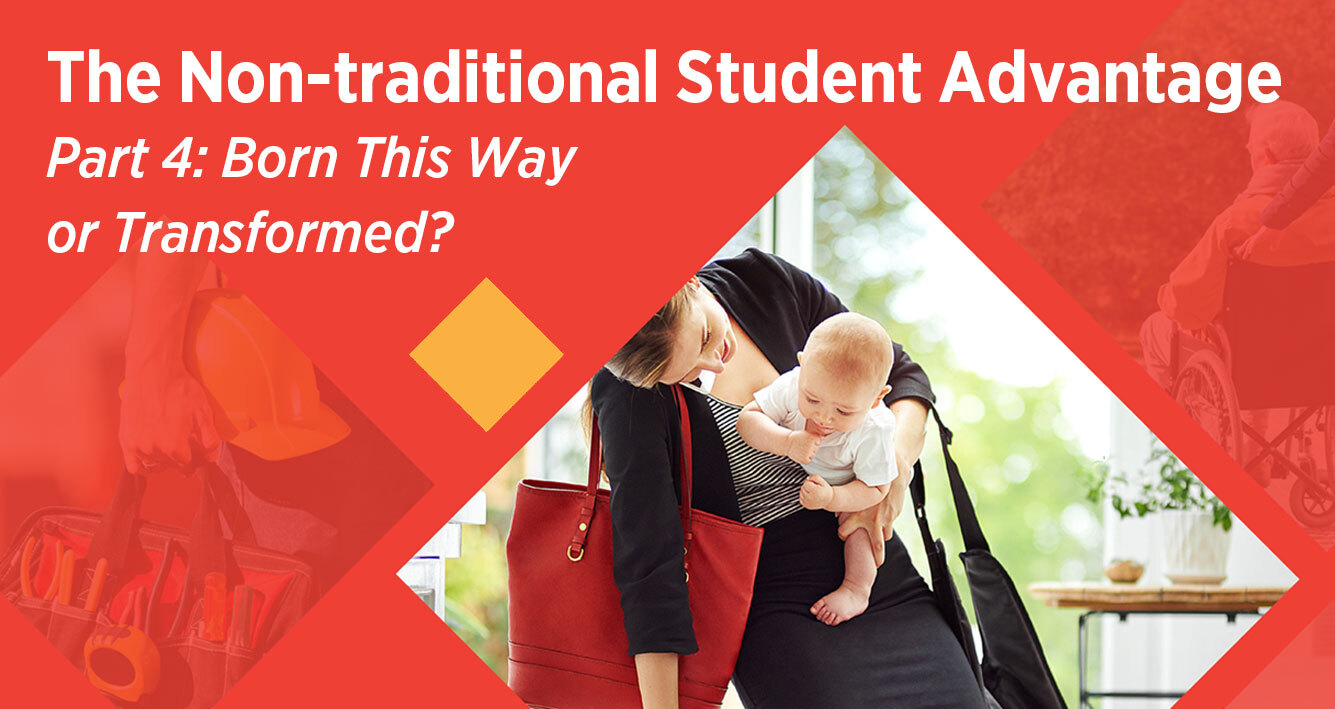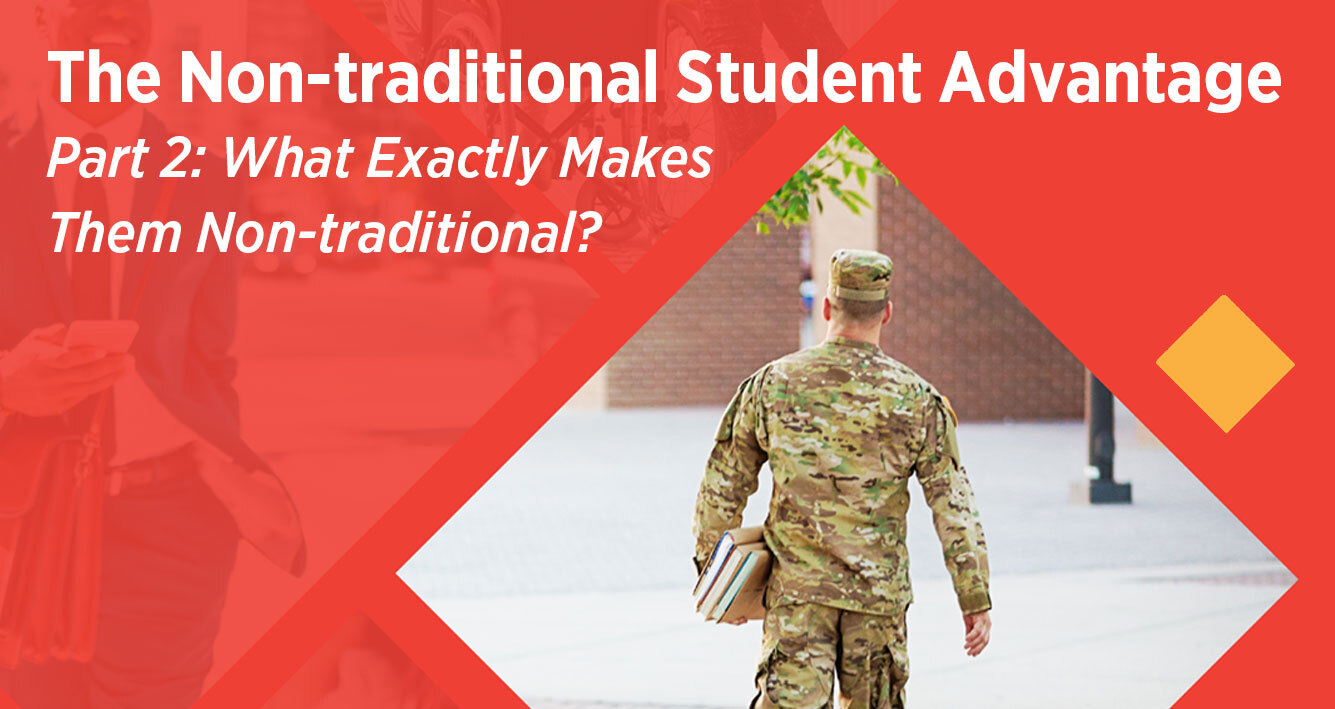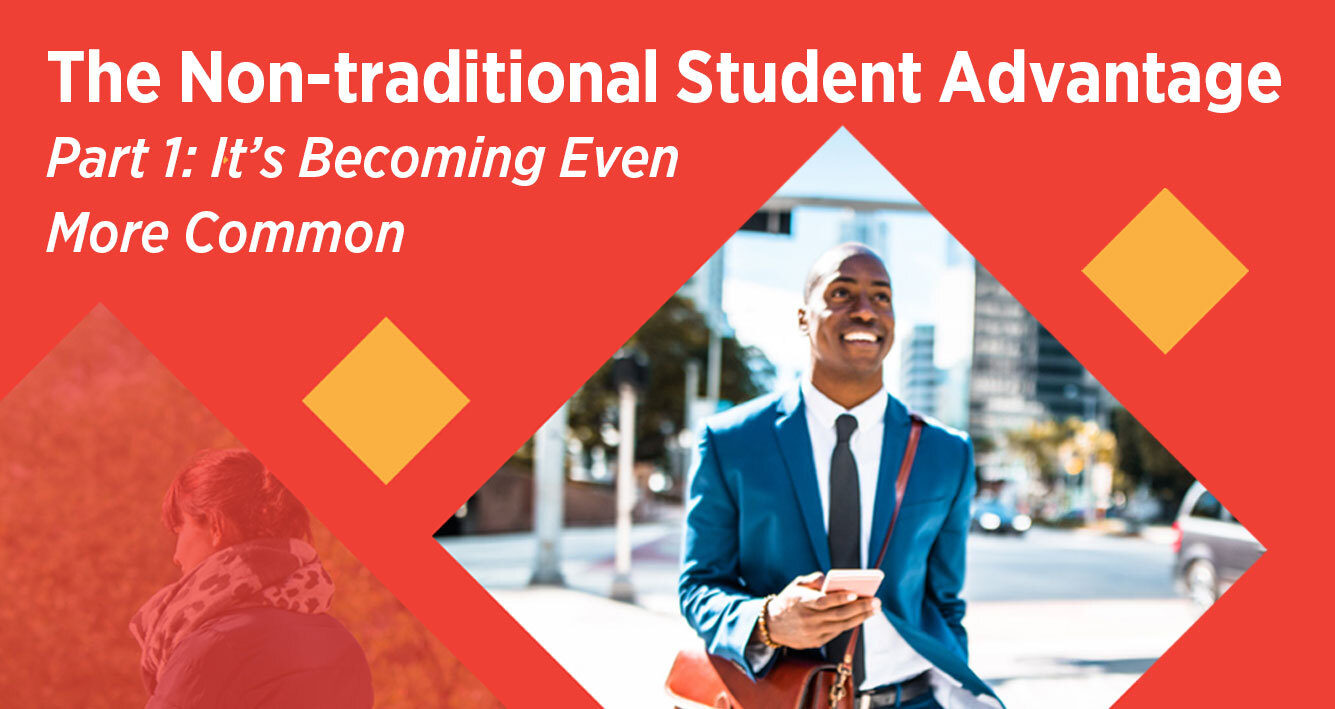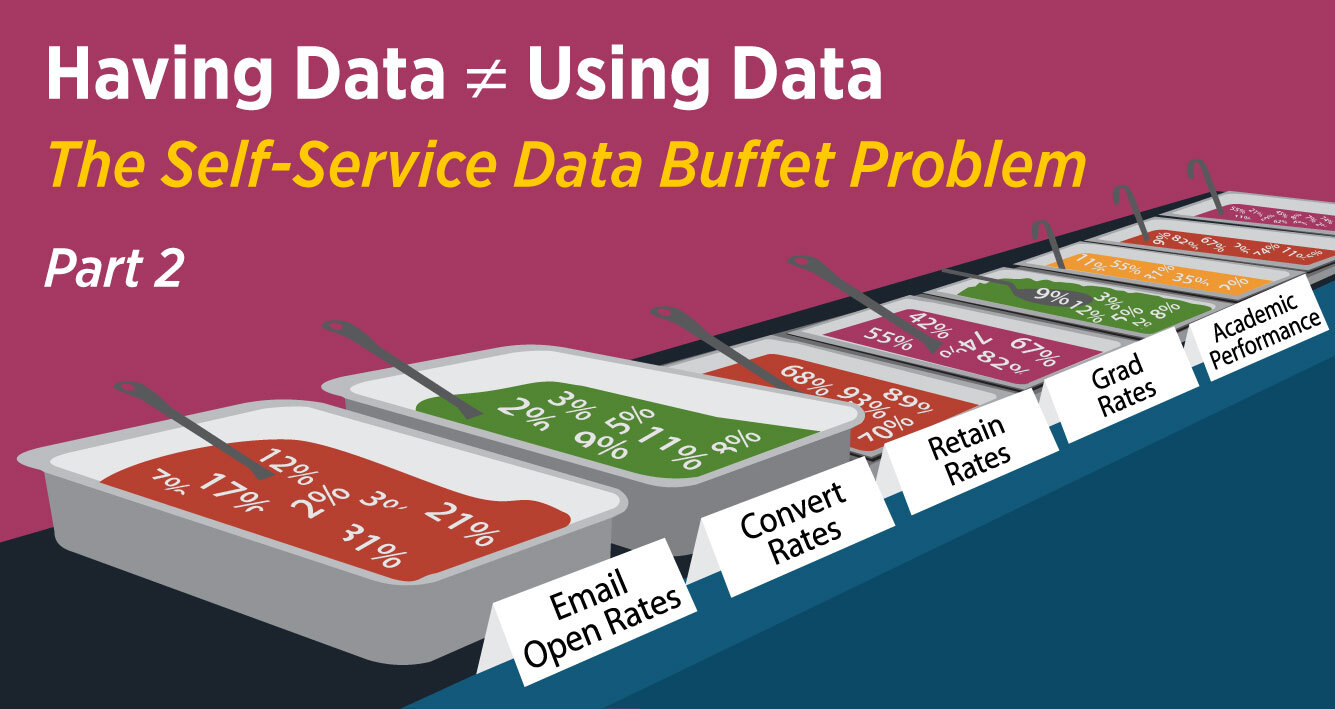The PIE Live North America event in Boston did exactly what it was supposed to do. We gathered, we laughed, we explored, and in some cases, we clashed. Not dramatically, just a bit. But there were definitely some presentations and ideas shared that prompted collegial discussions with some friction. And that is exactly what a news publication should foster.
Intead was honored to be selected to present on the topic of student mobility data. Sharing the stage with Sandhya Balasubramanian, Assistant Dean of Business Programs for Worcester Polytechnic Institute, and Kirsten L. Feddersen, Senior VP of Analytics & Consulting for North America at Studyportals, we dove into the market research data that drives recruitment and enrollment decisions. We focused on putting that data into action. The fast-paced presentation and our Intead workshop handouts hit the mark for the many who attended. If you’d like those action-oriented handouts, consider joining Intead Plus with access to our full library of training materials and so much more.
Unlike the unwritten rules that often constrict the way we interact at conferences run by associations with broad memberships, media outlets thrive when there is disagreement. Controversy draws more eyeballs and sells more newspapers (please forgive the throwback concept of selling newspapers).
You want a for instance, right? Well…coinciding with IIE’s latest Open Doors data release, we learned of a new coalition of international education leaders called U.S. for Success seeking a national effort to increase the number of international students coming to the U.S. From their website: “U.S. for Success seeks to position the United States to effectively compete and cooperate on a global stage by attracting top talent and ensuring the success of all international students.”
Lofty goals that align with what NAFSA, IIE, AIEA, AIRC, and many other associations already proactively seek to promote in concert with ACE. We are left with many questions about what exactly this new initiative will do and how it will get it done. See this PIE News story on the topic and see if it doesn’t leave you scratching your head a bit.
We have our own ideas on the topic, of course. More will come to light in the year ahead, we are sure. We hope for the best and want to see our colleagues at these industry-leading associations find effective partners for their important work.
For more notes from Pie Live, read on…

